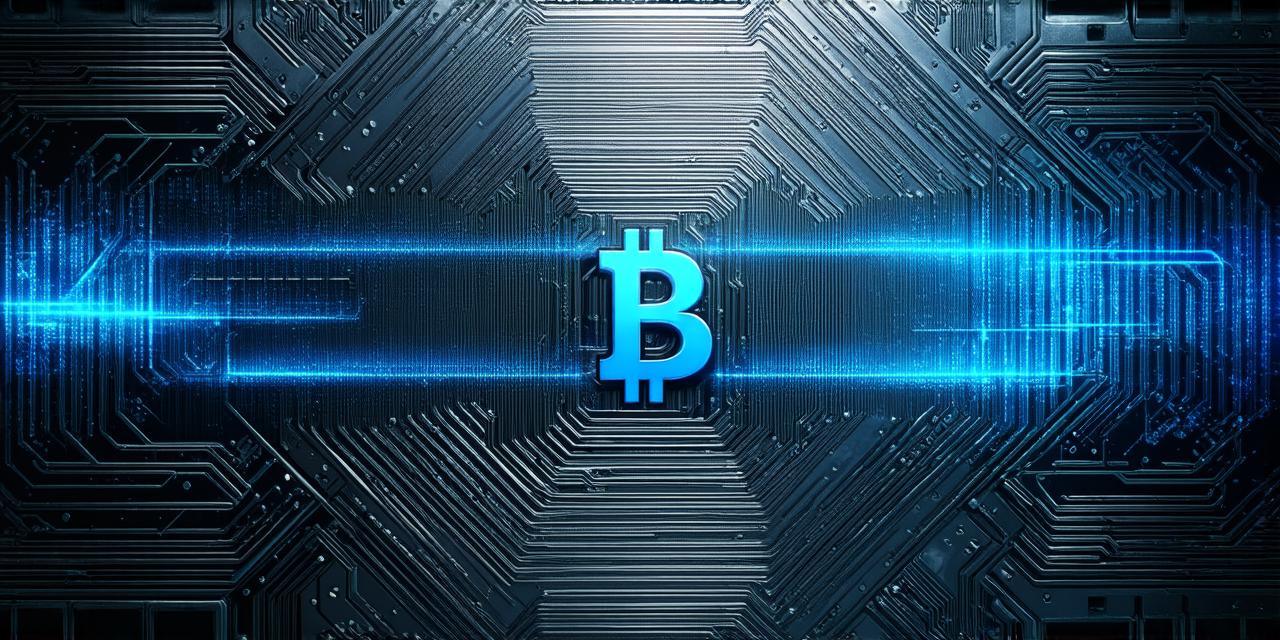In the vast digital landscape, blockchain stands as a beacon of innovation and security. But what lies within this seemingly impenetrable fortress? Let’s delve into the heart of blockchain – the block.
The Anatomy of a Block
A block is the fundamental unit of a blockchain, serving as a container for transactions. Each block carries a unique identifier (hash), a timestamp, and a link to the previous block in the chain, ensuring the integrity and chronology of data.
The Power Within
The power of a block lies not just in its structure but also in its content – the transactions it holds. Each transaction is a record of value transfer or smart contract execution, verified by a network of nodes.
Case Study: The Bitcoin Blockchain
Imagine a global ledger where every financial transaction is recorded and verifiable. That’s the power of the Bitcoin blockchain. Each block contains hundreds of transactions, making it a testament to the potential of decentralized systems.
Experimenting with Ethereum
Beyond finance, Ethereum’s blockchain allows for more complex transactions – smart contracts. These self-executing contracts can automate everything from supply chain management to voting systems, demonstrating the versatility of blocks in a blockchain.
The Role of Developers
As a developer, you hold the key to unlocking this potential. By understanding the structure and function of blocks, you can create innovative solutions that reshape industries and redefine trust.
A Glimpse into the Future
The blockchain is evolving, with new technologies like sharding promising faster transaction speeds and lower costs. As a developer, you’re not just building blocks; you’re constructing the foundations of the future.
FAQs
Q: What is a block in a blockchain?

A: A block is a unit of data that contains transactions, a unique identifier (hash), a timestamp, and a link to the previous block in the chain.
Q: What makes a block important in a blockchain?
A: The importance of a block lies in its content – the transactions it holds, which are records of value transfer or smart contract execution. Each block contributes to the integrity and chronology of data within the blockchain.
In Summary
The block is more than just a component; it’s the beating heart of a blockchain. By understanding its structure and function, developers can harness its power to create innovative solutions that reshape industries and redefine trust in the digital age. So, what will you build with your newfound knowledge? The future is yours to shape.
